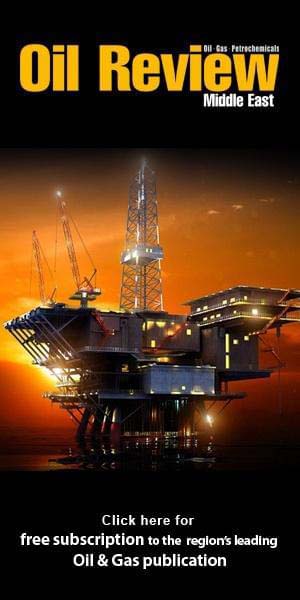As clean energy initiatives pick up pace worldwide, mining companies are under mounting pressure to meet surging demand for essential minerals.
With maintenance costs consuming 30 to 50% of operational expenses, today’s asset-intensive mining operations have a prime opportunity to optimise processes and flip their approach to upkeep - ultimately enabling more strategic asset management.
Mining operations that continue to rely on outdated reactive maintenance - performing sporadic checks and repairing equipment only after a failure - face soaring costs, avoidable downtime, and safety hazards.
In contrast, top-performing mining companies are driving efficiency gains and lowering risks by pivoting to predictive and prescriptive maintenance strategies.
Using modern technologies, predictive and prescriptive maintenance enable operators to monitor assets and accurately predict – and fix – potential problems before they occur.
This approach supports not only asset reliability, but also reduces risk to personnel safety associated with machine failure. More reliable equipment also means less energy consumption and reduced emissions.
Shifts and opportunities across MENA
Across the MENA region, the mining sector is evolving rapidly as operators adopt cutting-edge technologies to bolster efficiency and reduce downtime.
Even more so for nations striving to diversify their economies through mining and mineral processing
In parallel with accelerated local investments in exploration, production, and advanced manufacturing, Saudi Arabia is extending its strategic reach globally.
Through Manara Minerals — a joint venture between Ma’aden and the Public Investment Fund (PIF) — the Kingdom is investing in international mining stakeholders to secure critical minerals and strengthen supply chain resilience, reinforcing its position as a global energy powerhouse.
Mining Momentum in the Kingdom
Saudi Arabia’s mining sector is undergoing a major transformation, driven by an estimated SAR9.4 trillion (US$2.5 tr) in mineral wealth and US$410bn in new investments.
Recent data from the National Industrial and Mining Information Center shows the number of operating and under-construction factories rose by 10% in 2023 to 11,672, representing combined investments of SAR1.539 trillion (US$410.bn).
As mining operations scale, reliability strategies are shifting from reactive to proactive, driven by technologies like condition monitoring, predictive analytics, and remote diagnostics.
These tools help operators detect early signs of equipment failure, reduce unplanned downtime, and improve safety.
When combined with interoperable systems that unify data across assets, they enable centralised decision-making and pave the way for smarter, more resilient maintenance practices across both new and existing sites.
To support this transformation, leading mining operations are turning to condition-based and prescriptive maintenance models.
While some Saudi projects are embedding these capabilities from the nascent stages, others are upgrading legacy systems through strategic sensor deployment and real-time monitoring.
Emerson has been partnering with mining operators across the world to digitise its condition monitoring systems across two critical sites.
This initiative focused on critical equipment at two of the company's mining sites, addressing long-standing issues related to inefficient manual data collection and frequent maintenance.
At one mine, the lack of monitoring and the reliance on intermittent manual data collection led to suboptimal productivity and safety concerns.
Similarly, another mine faced challenges with inclined conveyors, experiencing considerable downtime and extended maintenance schedules.
To address these issues, Emerson implemented the AMS 6500, an online asset health monitoring system featuring adaptive tracking based on varying load and speed conditions.
This technology provided real-time, high-quality data that was integrated into the company’s existing AMS Machinery Manager software, ensuring a seamless digital transformation.
This article was written by By Abdulrhman Alsanie, Director Strategic Alliances – Saudi Arabia, Emerson. Click here to read the rest of his op-ed.





